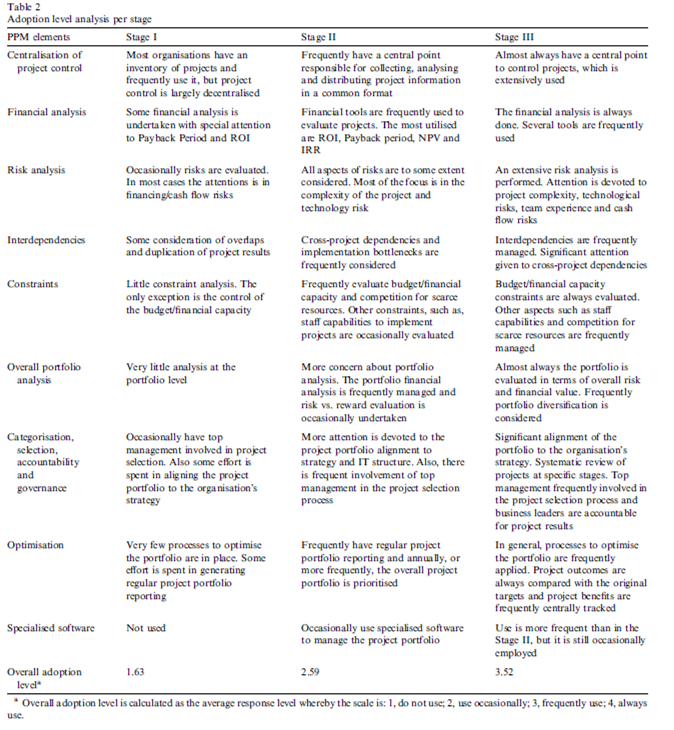Rose, Jeremy; Pedersen, Keld; Hosbond, Jens Henrik; Kræmmergaard, Pernille: Management competences, not tools and techniques – A grounded examination of software project management at WM-data; in: Information and Software Technology, Vol. 49 (2007), No. 6, pp. 605624.
http://dx.doi.org/10.1016/j.infsof.2007.02.005
Rose et al. approach software management with a competence perspective and identify 7 competencies for a successful software project management by using an qualitative approach of grounded theory. They investigate the project managers of a medium sized software development company in Denmark. The 7 competencies they find are
- Technical management (code and techniques)
- Process management (traditional project mgmt. processes)
- Team management (form and develop a team)
- Customer management (maintain customer relationships)
- Business management (achieve financial results)
- Personal management (develop soft skills)
- Uncertainty management (manage interrelated complex problems)
